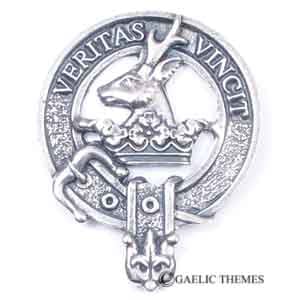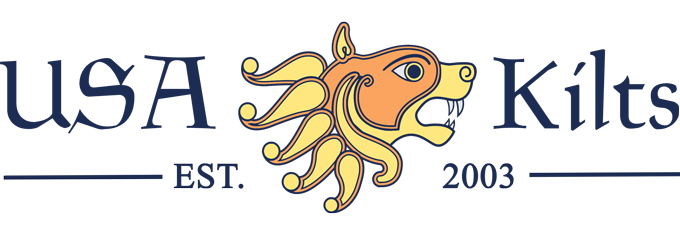Search
Keith
Select
- Design: Standard
- Clan Motto: Veritas Vincit (Truth Conquers)
- Notes: Crest: Out of a crest coronet Or, a roebuck’s head Proper, attired Or At the battle of Barrie in 1010, a Chatti warrior slew a Danish commander named Camus. King Malcolm II dipped three fingers in the man’s blood and wiped three lines across the brave warrior’s shield and named him Marbhachair Chamuis “Camus Slayer”. To this day, the coat of arms of the Keith chiefs bears these three red lines. Camus Slayer was later awarded the Keth lands in Lothian from which his descendants took their name. In 1150, a Norman adventurer named Hervey married the native heiress of Camus Slayer and was granted a charter for the Keth lands. In 1176, Hervey’s son was styled ‘Marischal of the King of the Scots’ a title/role which put him in charge of the royal regalia and also the safety of the king while in Parliament. The title later became hereditary to the Keiths. In 1308, Sir Robert de Keth, cavalry commander at the battle of Bannockburn, was granted the Halforest royal forest in Aberdeenshire by Robert the Bruce. He built a castle there. The Keith family was adept at advantageous marriages and over the next 150 years amassed estate lands in Buchan, Kincardine, Lothian, and Inverugie -- the castle of which became the chief’s seat. The third lord Keith was elevated to the Peerage as Earl Marischal in 1458, the only peerage to include a great office of state in the title. In 1559, The third Earl Marischal secured the return of the religious reformer John Knox (considered the founder of the Presbyterian Church) to Scotland. The fourth earl is noted for having founded Marischal College at Aberdeen. After the coronation of Charles II in 1651 at Scone, the seventh Earl, William, was imprisoned in the Tower of London. He languished there until the Restoration when the new king made him a Privy Councillor and later Lord Privy Seal in recognition of his family's suffering. Keiths were also responsible for concealing the Scottish crown jewels on Clan lands during the Civil War, hence one of the Clan’s two mottos being “What has been lost is safe.” Ot surprisingly, the Keiths were jacobites. In the Forty-five, the tenth Earl and his brother james forfeited their lands, castles and titles. The two brothers went on to successful careers abroad. The earl was later one of the few Jacobite Knights of the Garter and also received the highest order of Prussia - the Black Eagle. James was invested in the Russian Imperial Order of St. Andrew by Catherine the Great. Not surprisingly a Keith was appointed Knight Marischal for King George IV’s visit to Edinburgh in 1822.
Product Name
Price Starts At
$59.99
$34.99
$219.99
Product Name
Price Starts At
$39.99
$129.99
